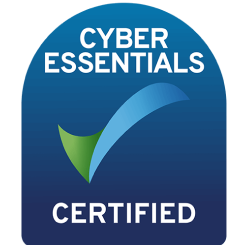1. How to write ee?
Writing an extended essay involves selecting a topic, conducting research, creating a thesis statement, outlining the essay, writing the body paragraphs, and concluding with a reflection. It’s crucial to gather credible sources, organize your ideas logically, and adhere to the required formatting style. Additionally, revising and proofreading are essential to ensure clarity and coherence in your writing.
2. How to start an extended essay?
Starting an extended essay involves selecting a topic that interests you deeply, conducting thorough research to gather relevant information, and formulating a clear and focused research question. Once you have your topic and question, create an outline to organize your ideas and structure your essay effectively. Finally, make sure to consult with your supervisor or teacher throughout the process to receive guidance and feedback.
3. How to write a good extended essay?
Writing a strong extended essay involves selecting a topic of personal interest, conducting thorough research, and organizing ideas effectively. It’s crucial to develop a clear thesis statement and structure your essay with a logical flow. Make sure to support your arguments with evidence and critically analyze your sources. Lastly, revise and edit your essay carefully to ensure clarity, coherence, and proper formatting.
4. How to start an ee?
Beginning an extended essay involves selecting a topic that interests you deeply and aligns with your academic pursuits and passions. This topic should be sufficiently narrow to allow for in-depth exploration while also being broad enough to provide scope for research and analysis.
5. What is the first procedure used when writing an extended essay?
When starting an extended essay, the initial step involves selecting a topic that genuinely interests you and aligns with your academic pursuits and personal passions.
6. What is an extended essay in ib?
An extended essay in IB is a research project that students undertake to explore a specific topic within one of the subjects they’re studying. It’s an opportunity for them to delve deeply into a subject they’re passionate about, demonstrating their analytical and critical thinking skills while producing a substantial piece of academic writing.
7. What is the product of the seventh procedure of writing an extended essay?
The product of the seventh procedure of writing an extended essay involves drafting the body paragraphs with relevant evidence and analysis to support your thesis statement.
8. What are the skills needed in the fourth procedure of writing an extended essay?
In the fourth step of writing an extended essay, you’ll need to employ critical thinking skills, analyze your research findings, and demonstrate a clear understanding of your chosen topic. Additionally, effective communication skills are crucial for conveying your arguments and ideas concisely and persuasively.
9. How to structure an ee?
Structuring an extended essay involves organizing your ideas into clear sections, such as introduction, body paragraphs, and conclusion, ensuring coherence and logical progression throughout the essay. Each section serves a specific purpose, from introducing the topic to presenting arguments and evidence, culminating in a concise summary of your findings. This structured approach helps readers follow your reasoning and enhances the overall effectiveness of your essay.
10. How to write an extended essay conclusion?
Crafting an extended essay conclusion involves summarizing key points. Restate your thesis and main arguments. Reflect on the significance of your findings. Avoid introducing new ideas. Aim for clarity and closure.


![]() 14 minutes
14 minutes



































